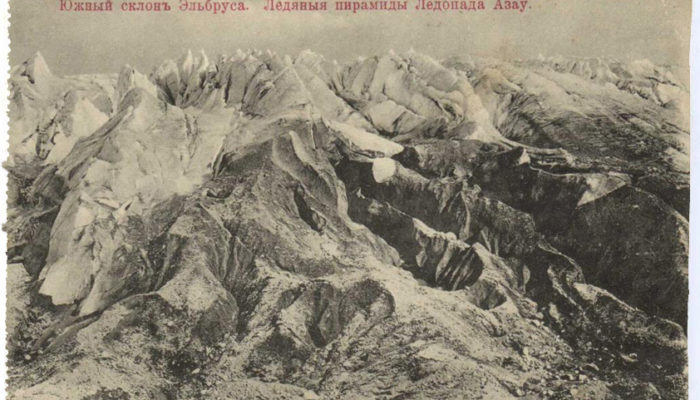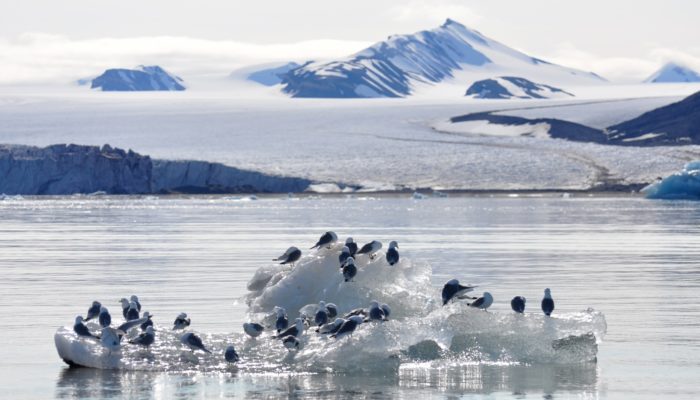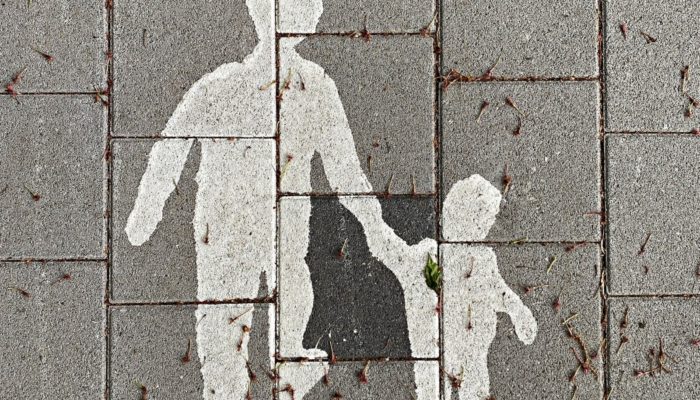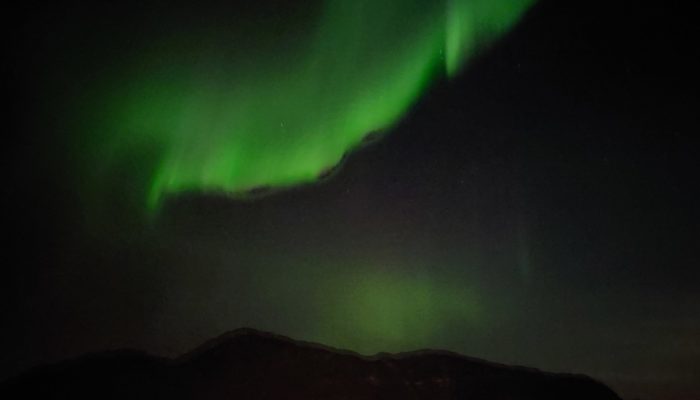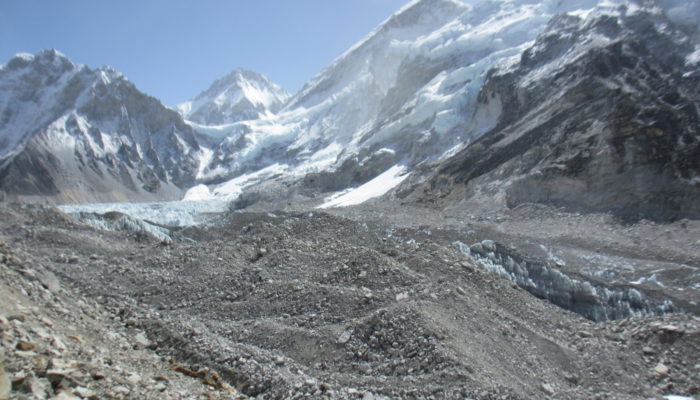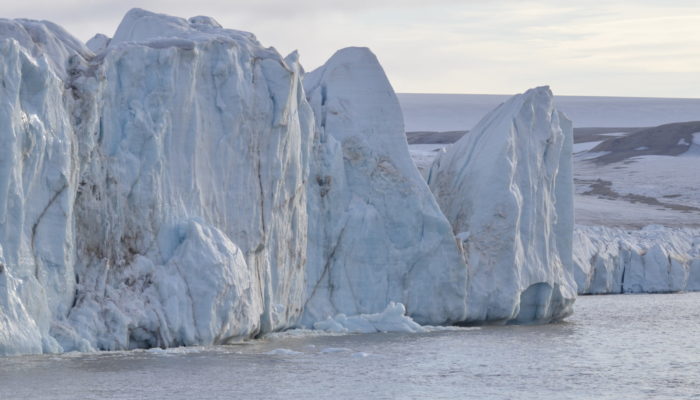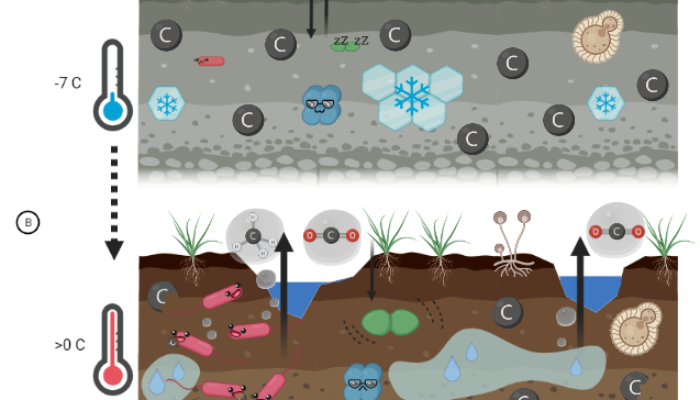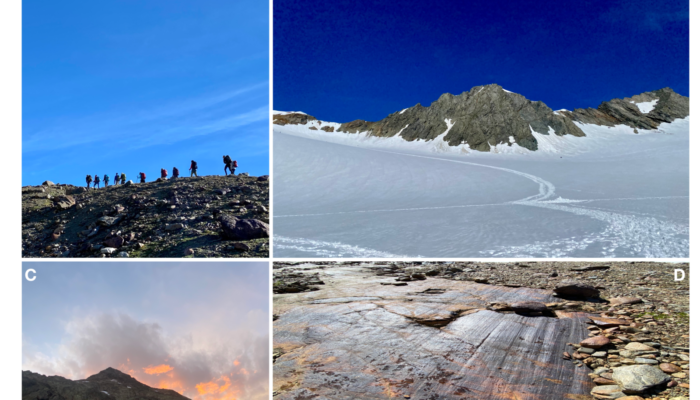People usually perceive space and time, comparing them to their own life Words such as “forever” and “until the end” appear in fiction But how can we imagine the space and time of the mountain glaciers whose existence goes beyond our usual perception? And why is it so important for us now? With this post, researcher Alexandra Rogozhina shares her thoughts on these suggestive topics. Mostly, ...[Read More]
If you didn't find what you was looking for try searching again.
Cryospheric Sciences
A place called home?
Welcome to Kongsfjorden in Svalbard. The front of the glaciers terminating into the sea is an ecological hotspot, home to many marine animals, like kittiwakes, who love to hunt here. They feed on small fish and shrimp, which at marine-terminating glacier fronts are brought to the surface by upwelling glacial meltwater. Retreating glaciers lose their contact with the ocean As the planet warms these ...[Read More]
Cryospheric Sciences
Did you know… Arctic lightning strikes are on the rise?
When we think of lightning, it is often accompanied by warm summer nights, tropical storms and a sticky feeling when we try to sleep. However, lightning also happens in the cold Arctic, and is even increasing in frequency. But how and why? And why does that matter? What is lightning? Lightning is caused by a difference in electrical charge between the cloud and the air, nearby clouds, or the groun ...[Read More]
Cryospheric Sciences
Parenting in Academia: Challenges and Perspectives
Trying to juggle teaching, advising, publishing, finding a new (or permanent) job, relocating, attending conferences, and actually doing research sometimes requires more hours in the day than exist (oh and that global pandemic situation is sticking around). Additionally, many scientists have children or are starting a family at the same time as maintaining and building a career. In this week’s blo ...[Read More]
Cryospheric Sciences
CryoAdventures – Three months in Nuuk, the world’s northernmost capital!
I have just returned from nearly three months in Nuuk, the capital of Greenland, where I was doing my PhD placement at Asiaq Greenland Survey. Read on to find out what science I got up to… everything from mapping mountain glacier snowline change to avalanches! How do you map glacier snowline evolution? During my PhD research placement, I was working at Asiaq Greenland Survey in their Hydrolo ...[Read More]
Cryospheric Sciences
The EverDrill project: shedding light on the interior of a Himalayan debris-covered glacier
We know that glaciers are actively responding to climate change, but what is happening on the inside? The conditions within a glacier strongly influence its behaviour, but the deep and dark depths of a glacier are difficult to access – we know very little about this remote environment. The EverDrill project (2016 – 2019), funded by the UK Natural Environment Research Council, aimed to fill this kn ...[Read More]
Cryospheric Sciences
Women of Cryo V: Women and Glaciers in the Chilean Andes (Part I)
Women make up 50.8% of the worlds population, yet fewer than 30% of the world’s researchers are women. Of this percentage, BAME (Black Asia and Minority Ethnic) comprise around 5%, with less than 1% represented in geoscience faculty positions. The divide between women in the population and women in STEM needs to be addressed. Through a series of blog posts we hope to raise the voice of women in th ...[Read More]
Cryospheric Sciences
Of Polar Bears and Sediment Cores: a Scientific Cruise in the Arctic
Through the scientific excursion part of the University Centre in Svalbard (UNIS) course ‘Arctic Late Quaternary Glacial and Marine Environmental History’, a few lucky grad students got to visit Nordaustlandet, northeastern Svalbard. This is the story of our research adventure in this beautiful, remote part of the Arctic. On a bright and early morning in late August, a group of 16 students, 4 prof ...[Read More]
Cryospheric Sciences
It’s getting hot in here: Ancient microbes in thawing permafrost
Did you know that the oldest organism on Earth is believed to be a microorganism found in 3-million-year-old permafrost in Siberia? There, it was living at a cosy average temperature of -10 °C at 14 m depth. Or did you hear that some other Arctic soil microorganisms can happily live at extreme temperatures down to -40 °C? Scientists often use these “extreme” microorganisms to get an idea on how ex ...[Read More]
Cryospheric Sciences
Vernagtferner: My First Encounter with an Alpine Glacier
In July 2021, together with a group of MSc students from the University of Bremen, I set off from the flat plains of Northwest Germany and embarked on a journey to the mountainous regions of Austria, with the Vernagtferner Glacier as our final destination. My aim was to learn as much as I could in the glaciology field course offered by the university. During my student days in Brazil, glaciers fil ...[Read More]

